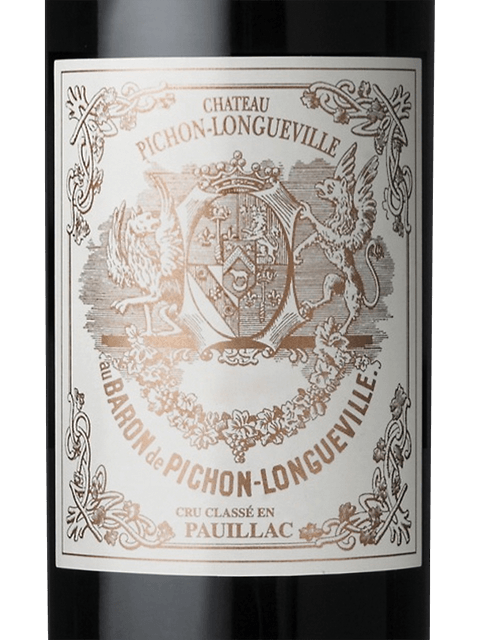Pauillac is the epicenter of Bordeaux’s most celebrated wines, and for good reason. Home to three of the five First Growths—Château Lafite Rothschild, Château Latour, and Château Mouton Rothschild—this appellation is known for producing wines that balance strength with refinement. Cabernet Sauvignon is king here, thriving in Pauillac’s gravel-rich soils, which promote deep root systems and optimal drainage. These wines offer a backbone of tannin and acidity that gives them remarkable aging potential, unveiling complex layers over decades.
Primary Grape Varieties
Cabernet Sauvignon provides the structure, firm tannins, and classic notes of blackcurrant, cedar, and graphite.
Merlot adds a softer texture and rounds out the profile with plush dark fruit flavors.
What Makes Pauillac Special
Gravel Soils - Pauillac’s gravel beds, laid down by ancient rivers, are perfect for Cabernet Sauvignon. They drain efficiently, forcing vines to dig deep for water, which works the vines just enough to produce intense, concentrated fruit. This soil also retains heat, helping grapes ripen even in cooler vintages.
Aging Power - Pauillac wines are famous for their longevity. Young Pauillacs can be firm and tannic, almost austere, but with time they soften to reveal nuances of tobacco, leather, and mineral notes. The best bottles can evolve for 20 years or more, gaining complexity with each year.
Notable Châteaux
Château Lafite Rothschild - Known for finesse, elegance, and a characteristic aromatic complexity.
Château Latour - Often the most structured and intense of the First Growths, with a deep, powerful core.
Château Mouton Rothschild - Recognizable for its opulence, exotic spice, and aromatic lift.
Tasting Notes for Blind Tasting
Look for cassis, cedar, and graphite in young wines, with additional notes of leather and earth as they age. Young Pauillacs often show firm tannins and acidity, which develop into a smoother, layered profile with time.
Quiz Time
How do Pauillac’s gravel soils contribute to the wine’s structure?
What role does Cabernet Sauvignon play in Pauillac’s iconic aging potential?
Premium Subscriber Content: The Craft and Terroir of Pauillac
Terroir Insights
Pauillac’s deep gravel soils aren’t just a matter of tradition—they’re a key to the appellation’s unique profile. These soils provide exceptional drainage, essential for Cabernet Sauvignon’s ripeness and concentration.
Keep reading with a 7-day free trial
Subscribe to Daily Terroir: Exploring Wine Regions One Day at a Time to keep reading this post and get 7 days of free access to the full post archives.





